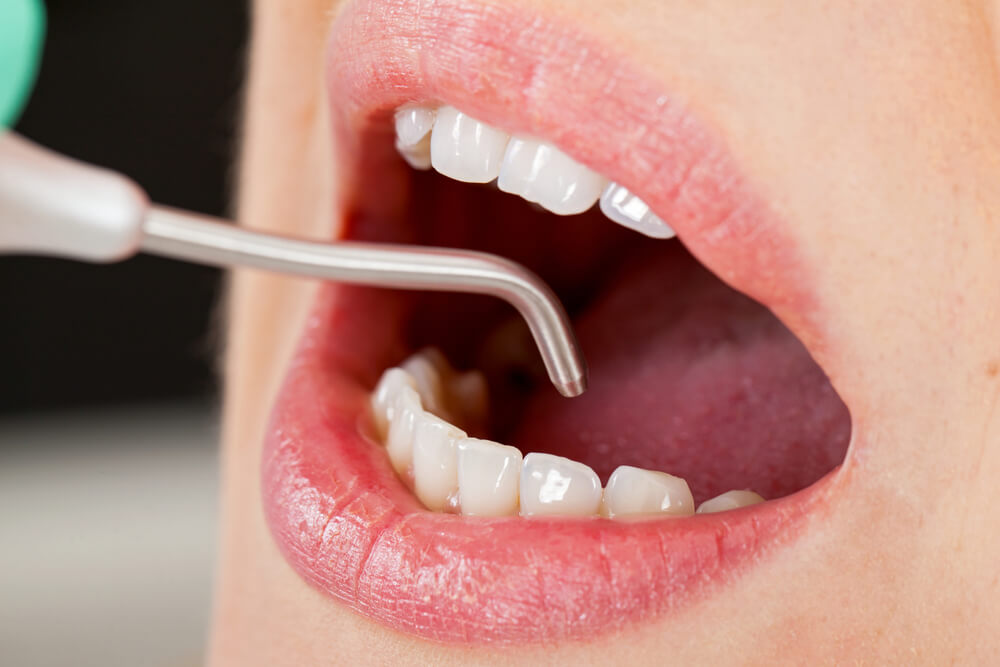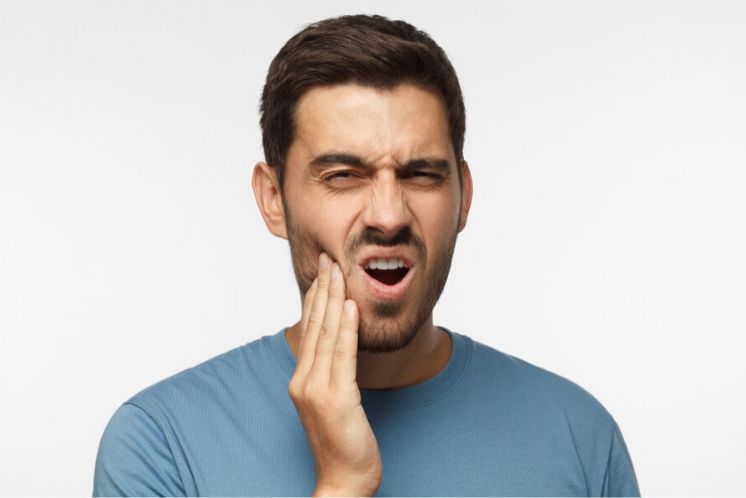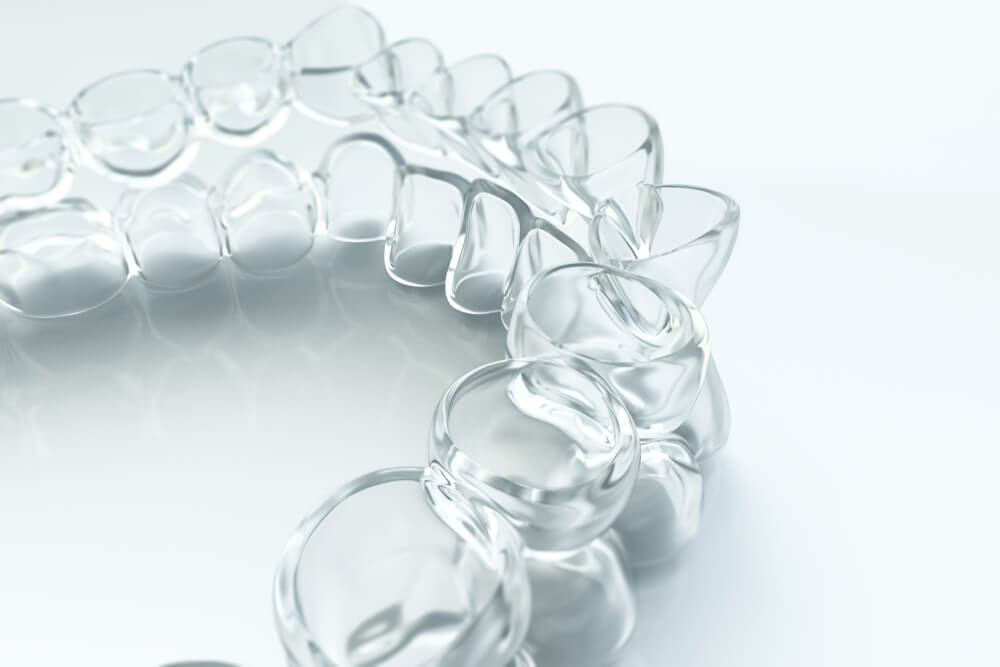Black tartar: causes and how to eliminate it

Tartar, also known as “dental calculus” or “odontolith”, is a mineralised hard substance that accumulates on the teeth when bacterial plaque is not eliminated. It appears both inside and outside the gum line and its position can affect its colour. In particular, black tartar on teeth generally appears under the gums.
How does tartar form?
It is formed by bacterial plaque, but it has a different texture and it is not easy to eliminate. Plaque is a mixture of saliva, bacteria, food and acid which bacteria produce from sugar and starch. It is sticky, but regular brushing and the use of dental floss eliminate it. If plaque is not eliminated, it hardens and forms tartar.
Tartar can only be eliminated by your dentist – once formed, brushing and flossing cannot eliminate it. Both plaque and tartar irritate gums, causing inflammation and they can cause gum disease too.
Causes of black tartar
The colour of tartar depends on age and on where it appears in the mouth. Tartar on the gum line, also known as supragingival calculus, is yellow or dark brown. It often appears where the saliva flows towards the mouth, as is the case of the internal surface of lower front teeth and the external surface area of the molars.
The subgingival calculus is the tartar that appears below the gumline, which may be brown, black or green. However, all types of tartar go dark and expand in size over time.
The main cause of black tartar in particular, is that on appearing below the line of the gums and expanding outwards, it is in contact with other substances that add pigment to their composition, unlike other varieties of clearer tartar.
Other causes of black tartar are as follows:
- Gingivitis
- Periodontitis
- Tooth decay
- Bad breath
We have linked the list of causes related with articles contained in this blog that deal with these complaints in greater depth. These conditions, in turn, may be the consequence of or be worsened by the appearance of black tartar..
What does black tartar comprise?
The substances that make the tartar turn black are as follows:
- Blood
- Haematic by-products
- Gingival crevicular fluid
The tartar is composed of dead mineralised bacteria and salivary proteins. The tartar that is below the gumline is also exposed to blood, bloody by-products of the decomposition and gingival crevicular fluid, which is the liquid that flows between the teeth and gums in the furrow or sac, hence, why it has a darker colour.
How to prevent and eliminate black tartar
Dental hygienists and professionals can eliminate black tartar, using manual instruments (curettes) and ultrasound instruments which, through microvibrations, decompose the mineralised material.
You can prevent the accumulation of plaque and tartar with good dental hygiene, brushing teeth twice a day with toothpaste and using dental floss. Furthermore, you should visit your dentist every six months, or with the recommended frequency, for a check-up and a professional scale and polish, which also help to control the accumulation of plaque and tartar.






